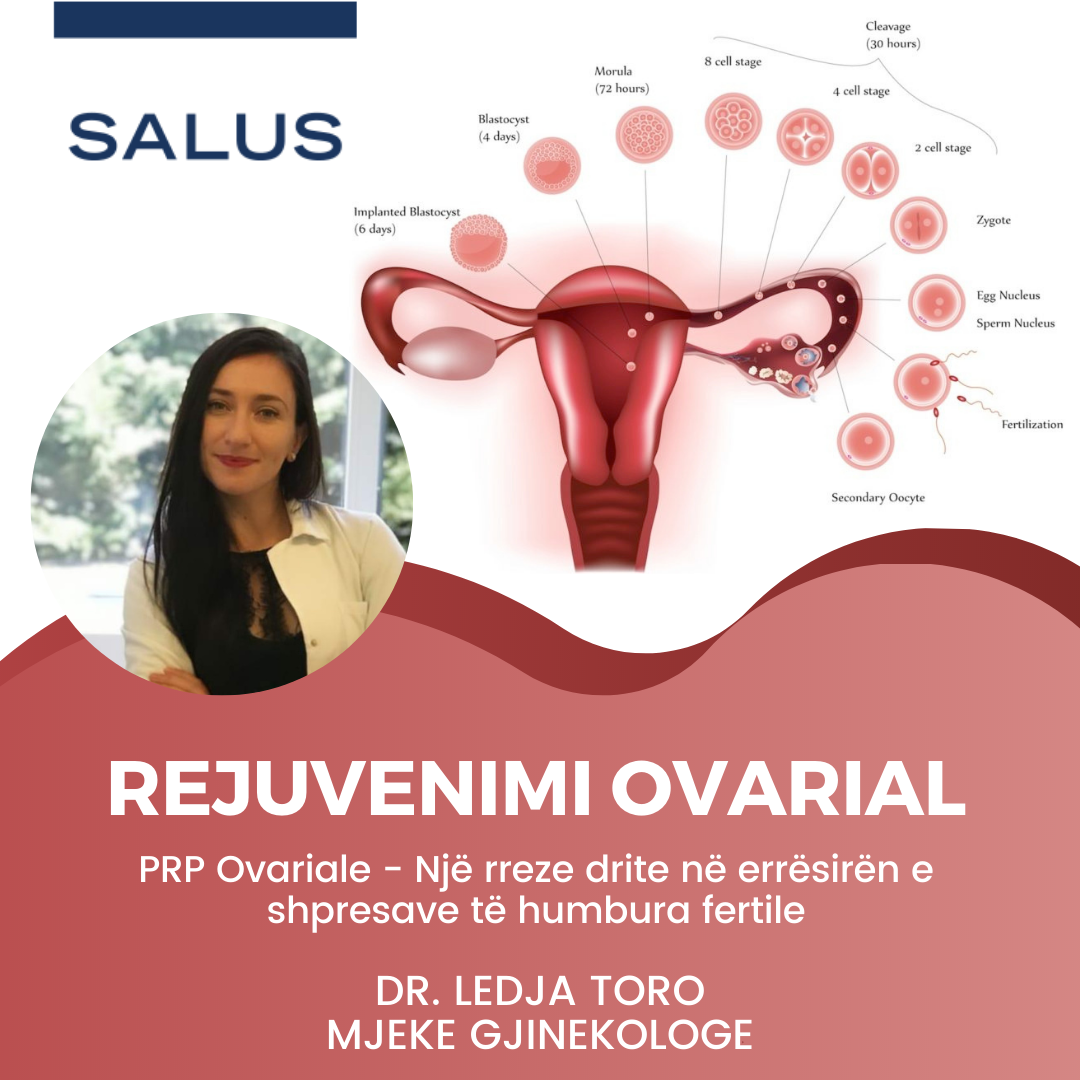
-Ovarian biological age is a key factor for fertility, given that the quality and quantity of oocytes (ovarian reserve) decreases over the years, which also translates into a decrease in the probability to conceive. While men produce seminal fluid throughout their lives, the production of a woman's total amount of oocytes ends before birth, and determines her entire fertile heritage, which physiologically or pathologically decreases in a constant and predictable manner leading to menopause. If this physiological process is accelerated by illness or surgical intervention, the ovary exhausts this reserve and premature menopause occurs.
- The prevalence of a poor response to controlled ovarian stimulation in assisted reproduction cycles is approximately 9-24%. Women who develop this characteristic are known as "poor responders" (little or no response to stimulation) and present an increase in FSH and a decrease in AMH, a decrease in the number of antral follicles by ultrasound, and repeated IVF failures.
-For this category of patients, for whom until now the only solution was egg donation, today, finally, there is a solution to achieve a pregnancy with one's own oocytes with the help of PRP - the technique of ovarian rejuvenation through platelet-rich plasma. In short, PRP makes it possible to turn back the biological clock of women with low ovarian reserve due to age, diseases, and previous operations.
What is it?
Due to its regenerative, antimicrobial, anti-inflammatory effects, it has been used since 1998 in dentistry, and then its use was expanded in other fields of medicine. Although the mechanism of action in cellular regeneration and the promotion of tissue reconstruction has not been fully clarified, the rationale is based on the existence of more than 30 tissue growth factors in PRP. Numerous studies have shown that in the human ovary there are some stem cells which, in the presence of the growth factors contained in PRP, can be transformed into oocytes.
Candidates:
• Women in menopause or perimenopause under the age of 50
• Women with low ovarian reserve
• Women with premature menopause
• Repeated failures of previous FIVET
Is it safe - YES
It is autologous
There is no risk of STD transmission
There is no allergic risk
It is a minimally invasive procedure
How long does the improvement last?
It is an experimental procedure with very optimistic results that last up to 12 months on average.
For more information, contact us at the phone numbers:
+355 682053180
+355 4 23 90 500
Salus, your hospital!